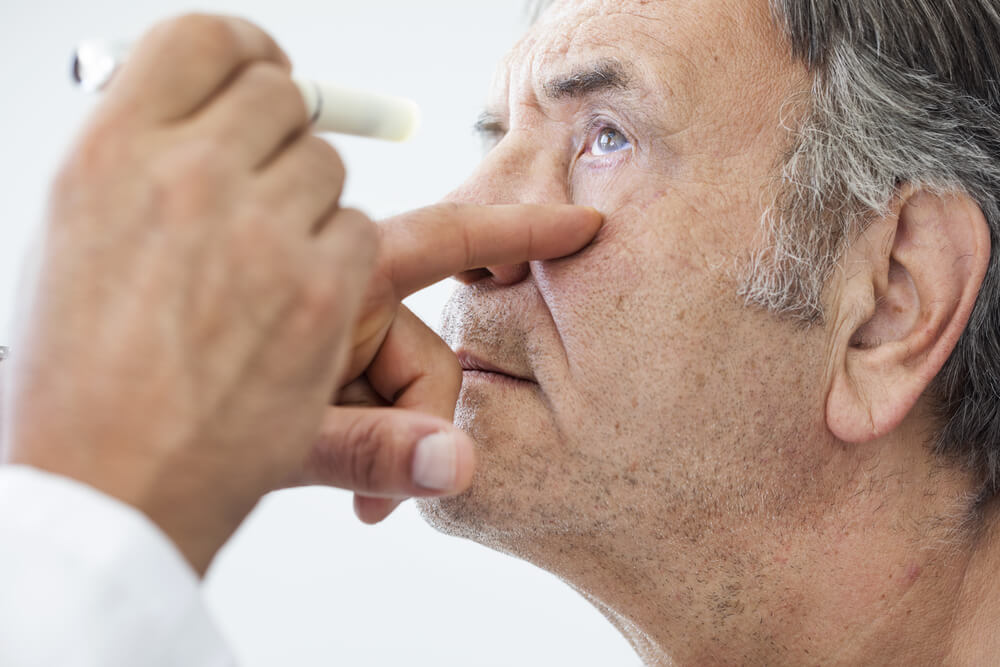Coats’ disease is an uncommon condition wherein irregular veins in the retina expand and release liquid, bringing about harm to the retina and perhaps visual impairment. It frequently shows up at 8-10 years old, affects males multiple times more regularly than females, and routinely affects just one eye. The reason is obscure, and it doesn’t seem, by all accounts, to be innate.
The retina is the light-detecting layer of tissue in the rear of the eye. In Coats disease, tiny retinal arterioles and capillary tubes become spider veins that expand and shapes like little lights. These vessels release both liquid and fats, which develop in and below the retina. In previous cases, the liquid aggregation is sufficiently huge to disengage the retina. The retina’s broad sector may likewise lose appropriate blood supply, inciting the eye to create new vessels. These neovascular vessels can bring about additional issues, for example, glaucoma.


